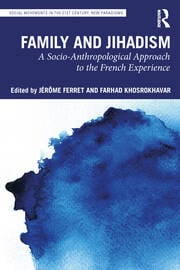Entités
Ecoles doctorales
Unité de Recherche
- Structures de formation
- Centre de Droit des Affaires
- Institut de Droit Privé
- Centre Toulousain d'Histoire du Droit et des Idées Politiques
- Institut du Droit de l'Espace, des Territoires et de la Communication
- Institut des Etudes Juridiques de l'Urbanisme et de la Construction
- Institut de Recherche en Droit Européen, International et Comparé
- Institut Maurice Hauriou
Recherche




